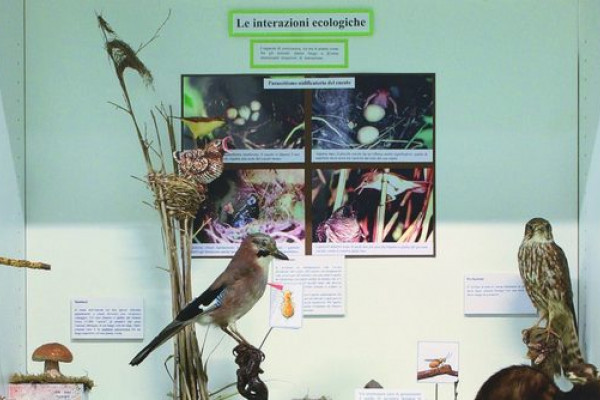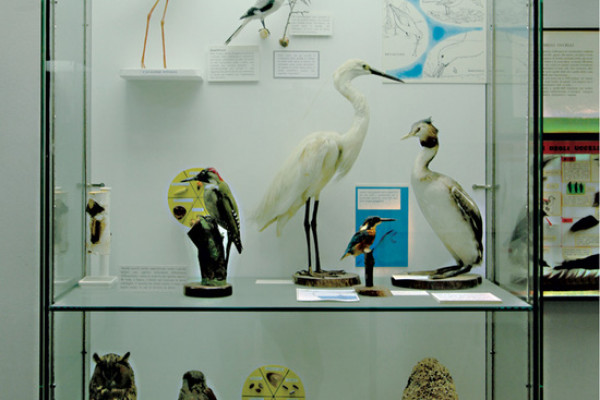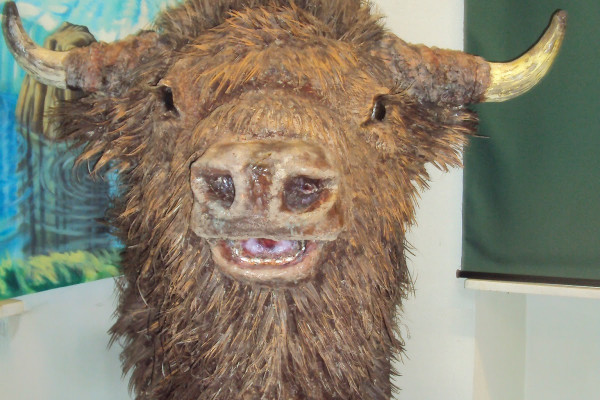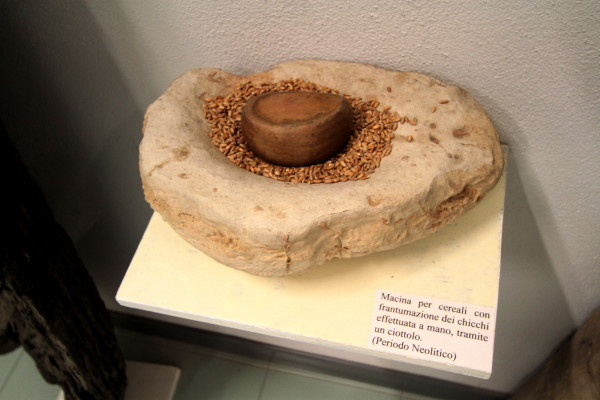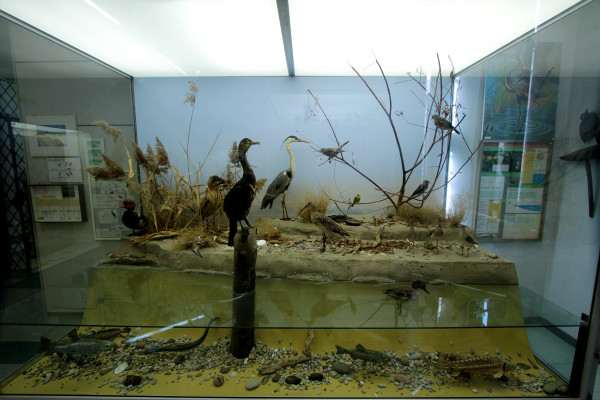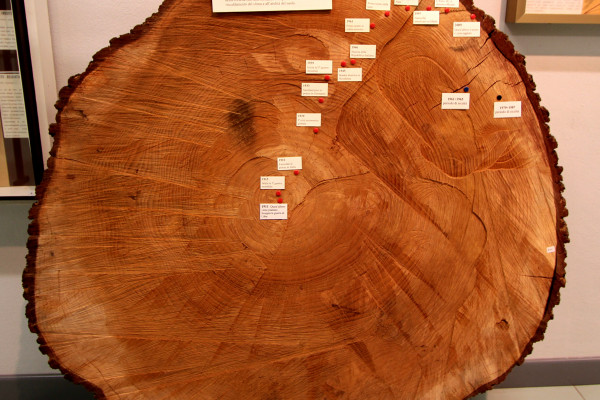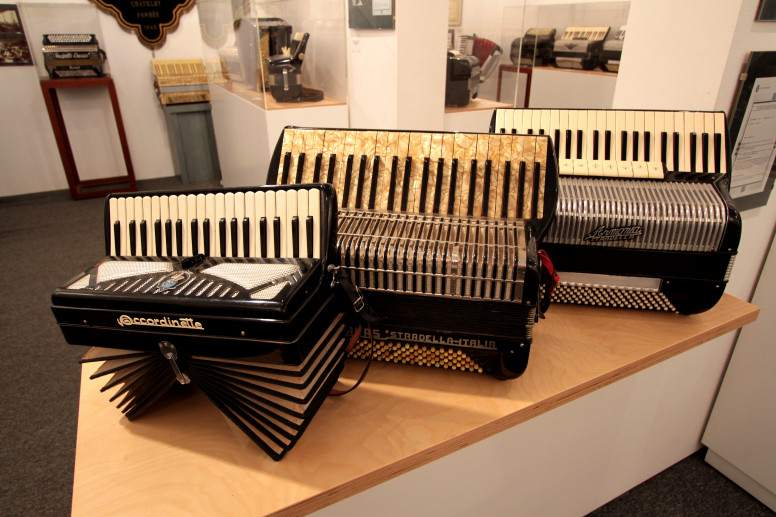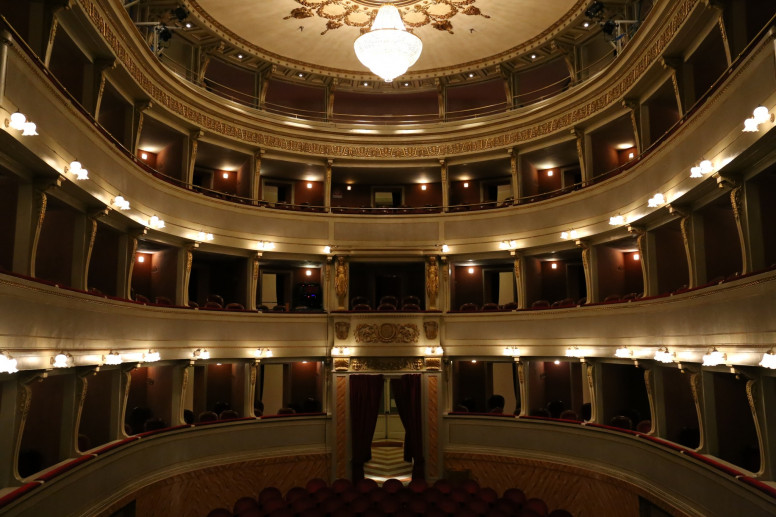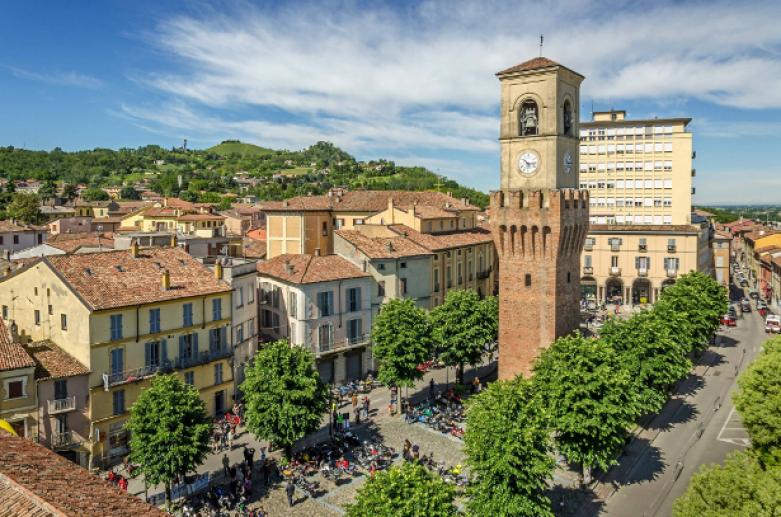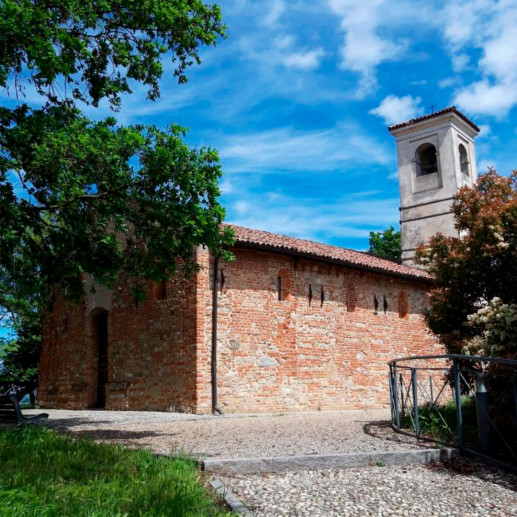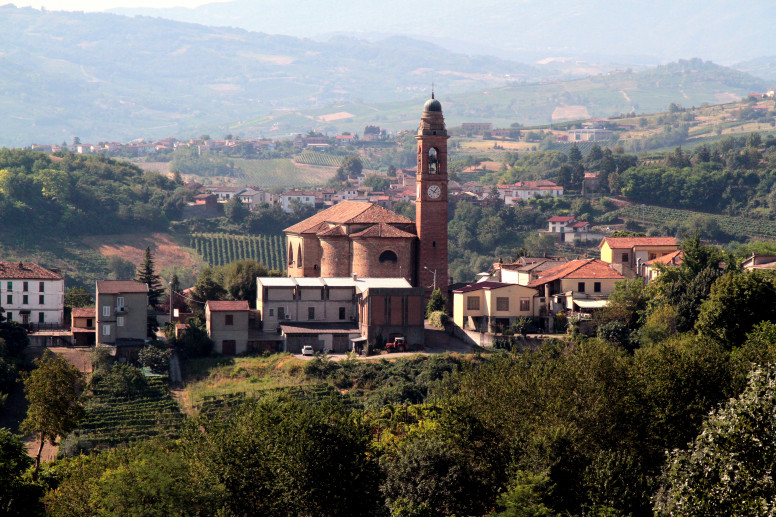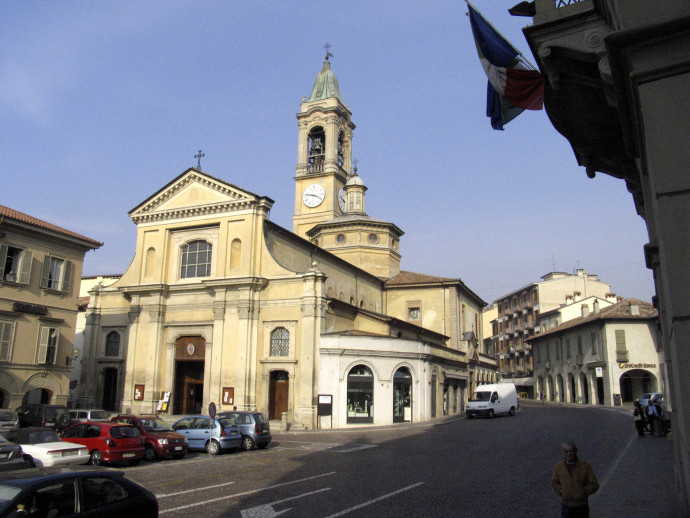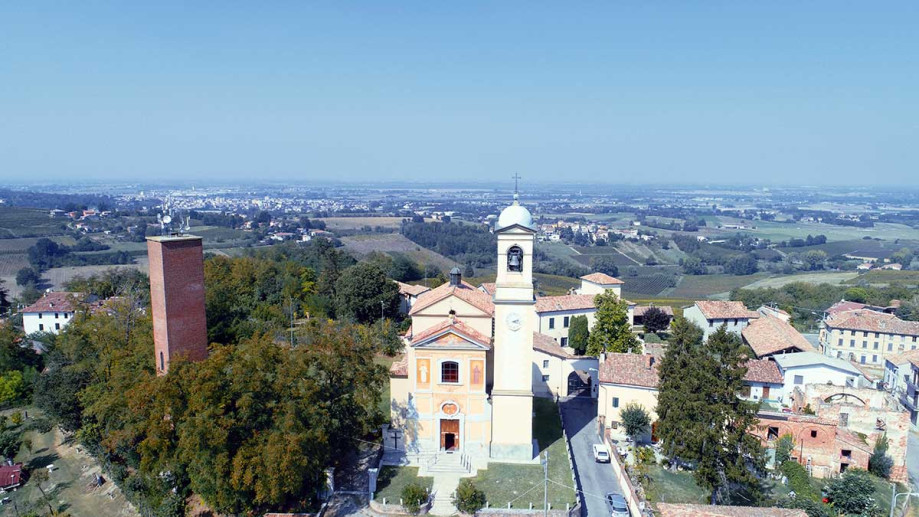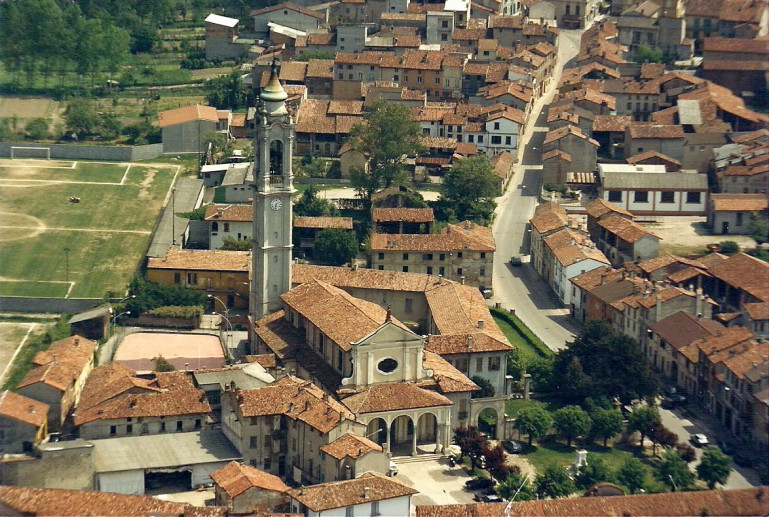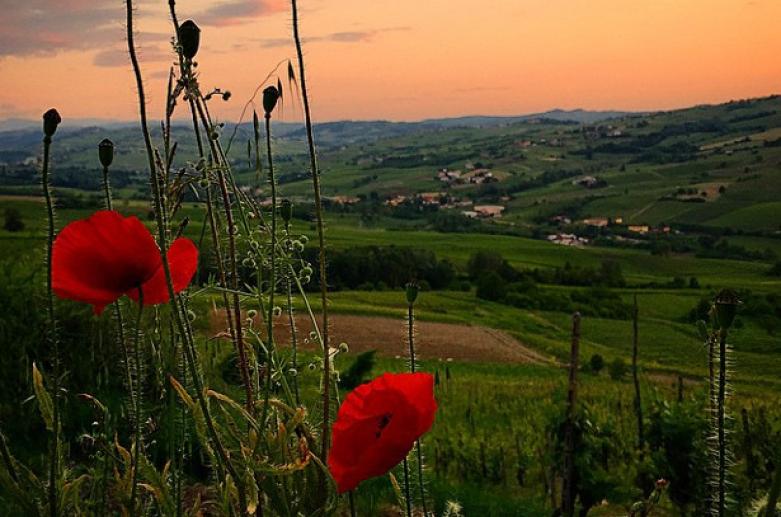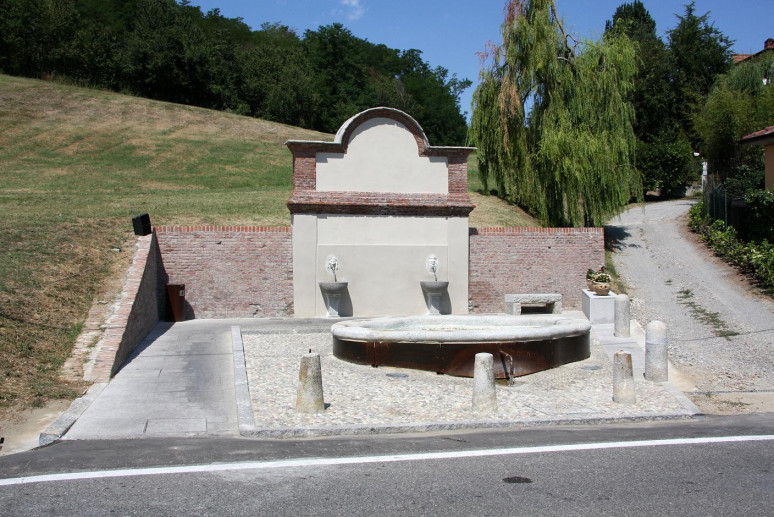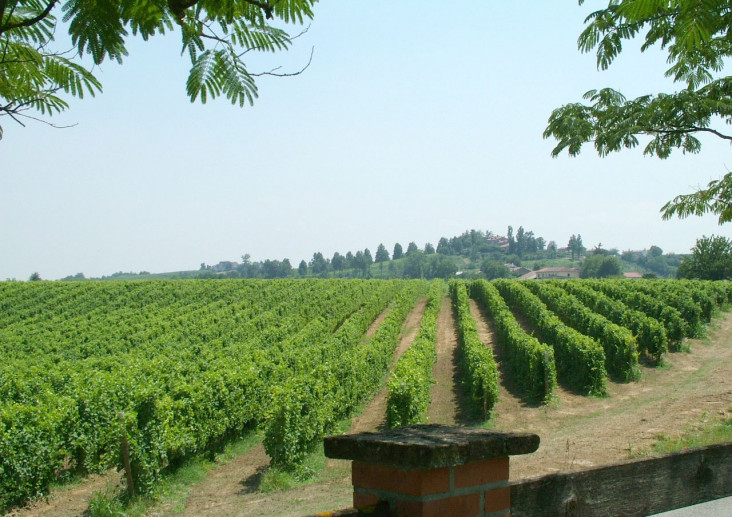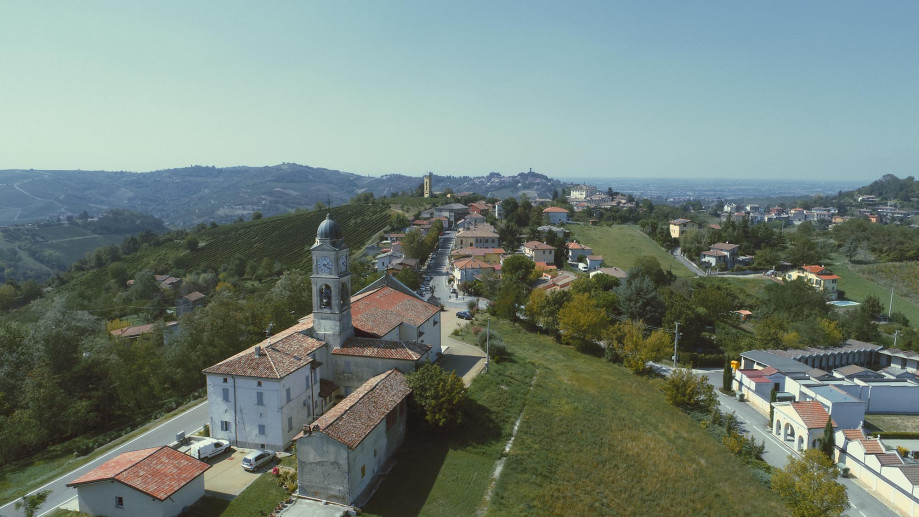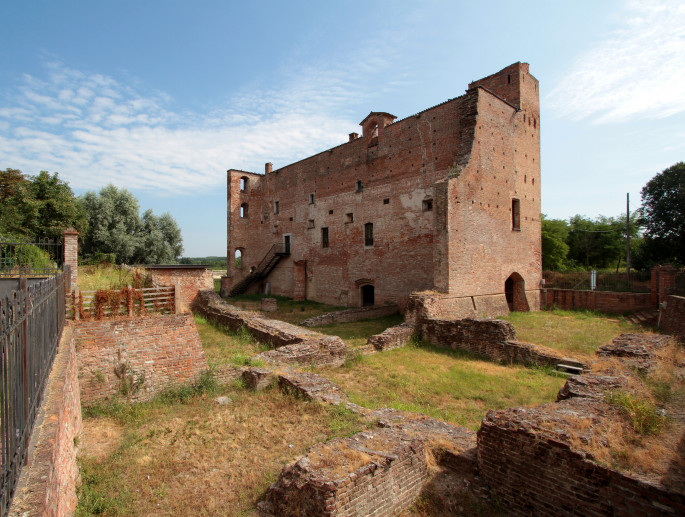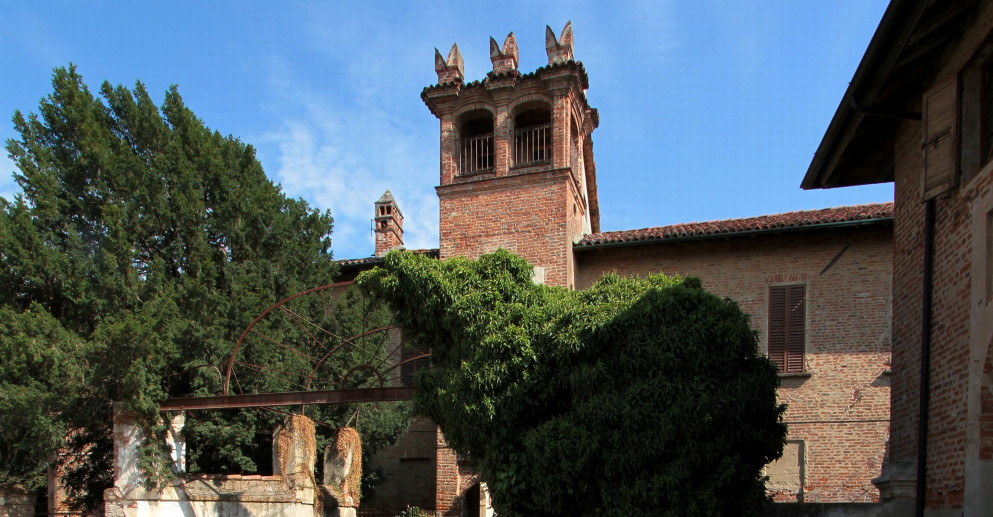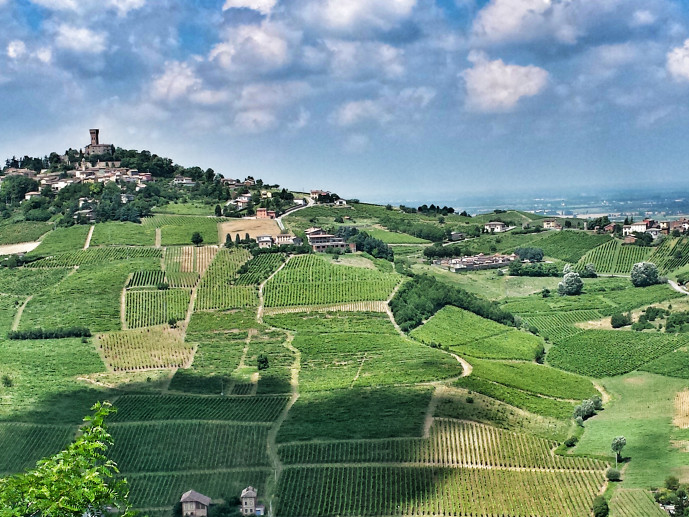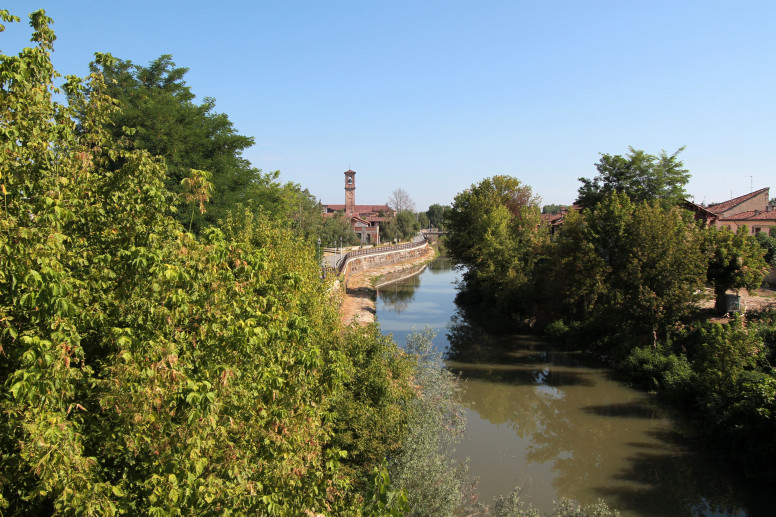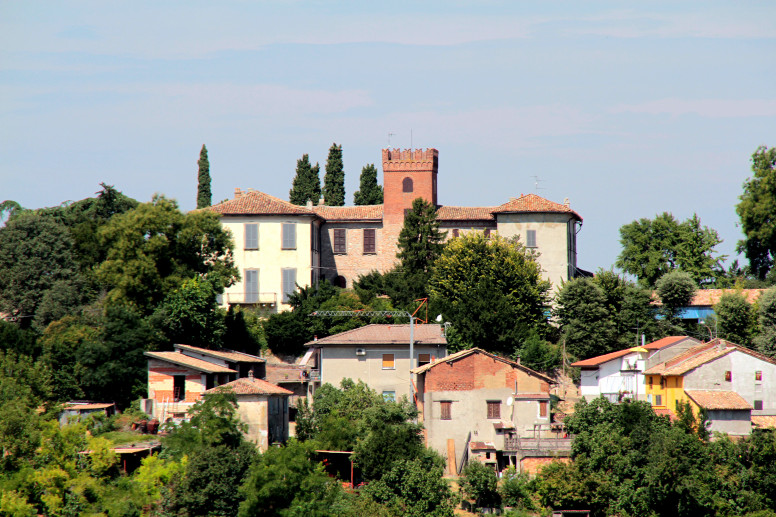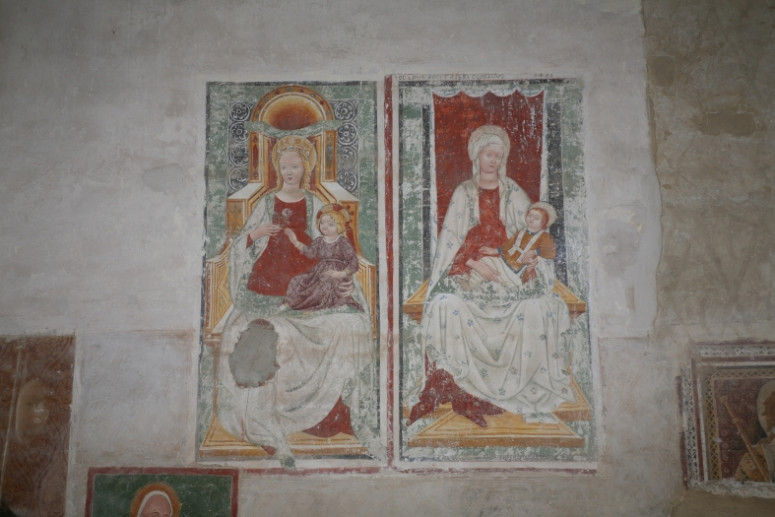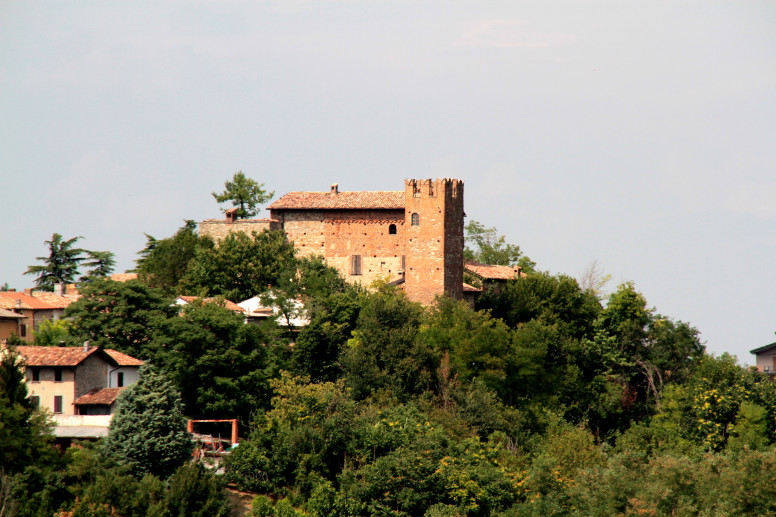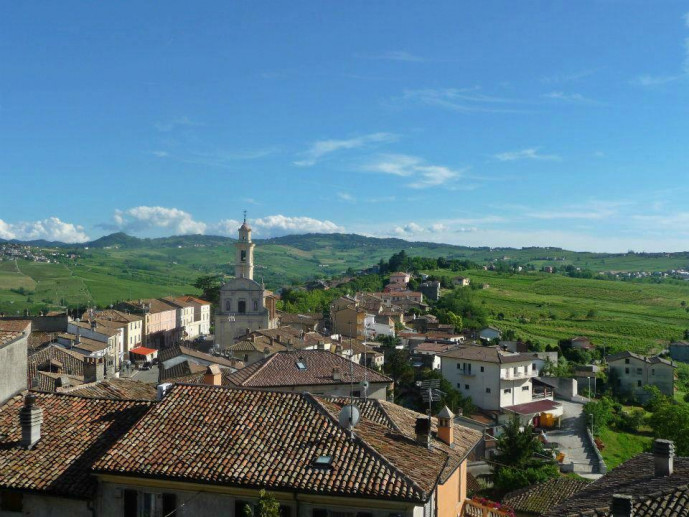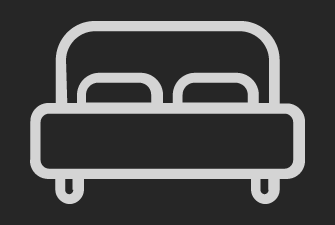- Art & Culture
Ferruccio Lombardi Natural History Museum
Originally called the "Museum of the Po," as the great river provided many of its materials, both archaeological and fossil, of significant scientific interest, the Natural History Museum has gradually expanded its scope to represent and document the natural environment of the entire Oltrepò Pavese region. The first section is dedicated to Geology. Minerals and rocks typical of the area, along with some lithological peculiarities, strata, and crystals, as well as traces of gold from the Po river, found in the river's gravel and sand, are displayed in the exhibition halls.
Inside the museum, there is also a small section dedicated to Anthropology: human remains and fossils of mammals dating back to the Paleolithic and Neolithic. The Paleontology section is broad and detailed, featuring the remains of many mammals that lived in the Pleistocene and were found in the Po river. There is also a section dedicated to the Autotrophs, which preserves, among other things, the woody species of the Oltrepò, and the Heterotrophs, with the main animal species that inhabit the Po river territory. Noteworthy are the collections of diurnal butterflies and snails, preserved in the museum. An interesting display area is dedicated to insects and their interaction with humans, with a particular focus on bees and silkworms. A fairly large area reconstructs various environmental and climatic situations.
